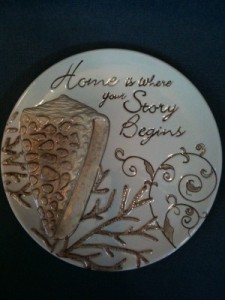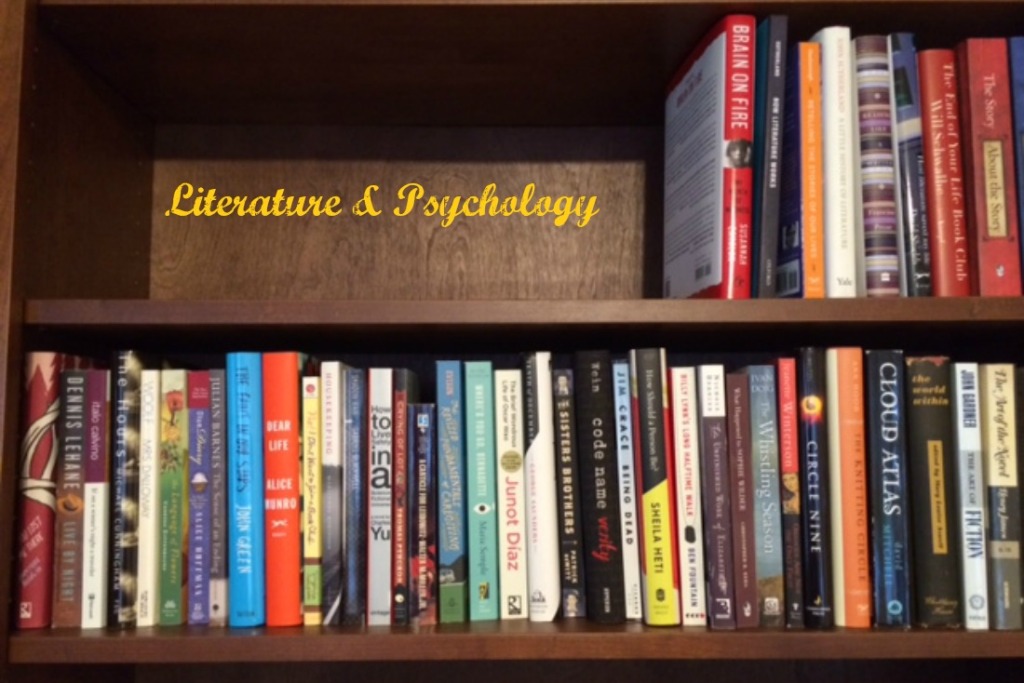Related Posts:
- Introduction to Life Stories
- “Before I Go to Sleep,” S.J. Watson: We Are What We Remember
- Review of The Opposite of Me by Sarah Pekkanen
We all carry around a life story that expresses who we are and that contains our sense of identity. Introduction to Life Stories discusses how cultural influences such as religion, fairytales, and generally accepted codes of behavior contribute to the formation of our life story. This post explains how personal experiences also shape our life stories, then looks at an example of life story at work in the novel The Opposite of Me by Sarah Pekkanen.
Cultural influences pervade our lives so subtly that we learn them without being consciously aware that we know them—for example, heterosexual love, the notion of mothers as primary caregivers, which professions are appropriate for boys and which for girls. But grafted onto cultural templates for expected behavior are lessons learned, either implicitly or explicitly, from personal experiences.
 The personal component of our life story begins in the home. Our families teach us some lessons explicitly, such as instruction in specific religious beliefs that influence our outlook on the world and our own place in it, or expectations about achievements in school, athletics, or other activities. Some families also create stories about the children that become part of each individual’s identity: “This is Kathy. She’s the smart one. This is Cindy. She’s the pretty one. This is Jake. He’s the family comic.” Family stories like these may originate as descriptions of young children. But the life story not only describes our past and present situation, but also influences future behavior. Once cast in these roles, Kathy, Cindy, and Jake will probably continue to act so as to fulfill these expectations.
The personal component of our life story begins in the home. Our families teach us some lessons explicitly, such as instruction in specific religious beliefs that influence our outlook on the world and our own place in it, or expectations about achievements in school, athletics, or other activities. Some families also create stories about the children that become part of each individual’s identity: “This is Kathy. She’s the smart one. This is Cindy. She’s the pretty one. This is Jake. He’s the family comic.” Family stories like these may originate as descriptions of young children. But the life story not only describes our past and present situation, but also influences future behavior. Once cast in these roles, Kathy, Cindy, and Jake will probably continue to act so as to fulfill these expectations.
But some lessons that we learn at home and absorb into our life story are not stated so openly, such as the old Smothers Brothers refrain “Mom always liked you best.” Children who feel they are not loved as much or treated as fairly as a sibling will incorporate this belief into their life story. Or children of verbally abusive or emotionally distant parents will learn to keep quiet or to retreat from the adults’ presence. Conversely, children whose families encourage them to express opinions and ask questions will incorporate these supportive experiences into the identity story they create for themselves.
We begin to construct our life story in adolescence but continue to revise it throughout our lives as we have more experiences. Our childhood experiences form the basis of our life story, but later experiences can alter our story and send us off on a different path.
Sarah Pekkanen uses life story as the skeleton for her novel The Opposite of Me. The main character, Lindsey Rose, has spent her entire adult life climbing the corporate ladder. At age 29 she’s on the brink of a big promotion at her high-level ad agency in Manhattan when a sexier colleague wrests away the position by using her feminine charms to land a huge account. When a moment of indiscretion with a male colleague gets Lindsey fired, she flees, hurt and humiliated, to her parents’ home in Maryland. When she arrives home, Lindsey finds her fraternal twin sister, the beautiful model Alex, in the midst of planning a wedding to her wealthy and handsome Prince Charming.
Because Alex is the pretty sister, Lindsey has relentlessly worked since childhood to make herself the smart sister. But away from the corporate world Lindsey begins to recognize and appreciate aspects of herself that she had suppressed in her career pursuit. When she can’t line up another ad agency job, she signs on to work for a local woman who provides personal matchmaking services to clients and talks about Perfect 12 Introductions, a position that allows Lindsey gradually to retire her power suits and begin to cultivate a more relaxed personal style and flair. In this way Lindsey illustrates one of the most powerful aspects of life story: Change your story, change your life.
Although the concept of life story originated in the field of psychology—where it is called “narrative identity theory”—and pertains to real people, it can also be useful in understanding fictional characters. As Sue Grafton’s fictional detective Kinsey Millhone says, “There’s something inherent in human nature that has us constructing narratives to explain a world that is otherwise chaotic and opaque. Life is little more than a series of overlapping stories about who we are, where we came from, and how we struggle to survive.”*
*Sue Grafton, “W” Is for Wasted (New York: G.P. Putnam’s Sons, 2013, p. 59)

